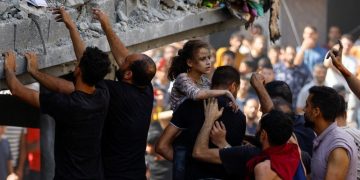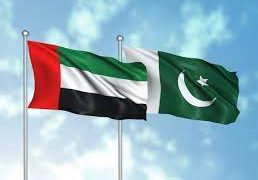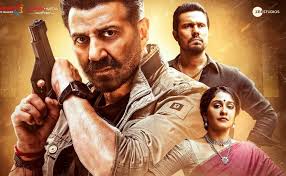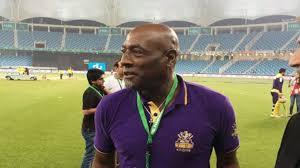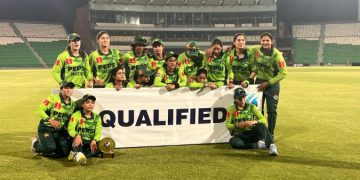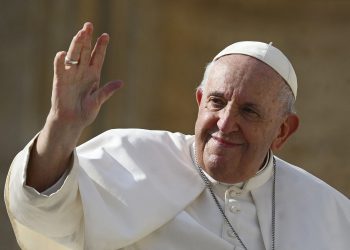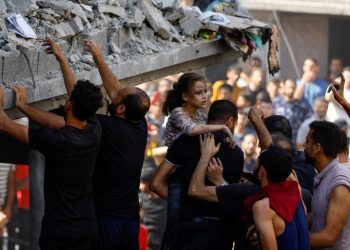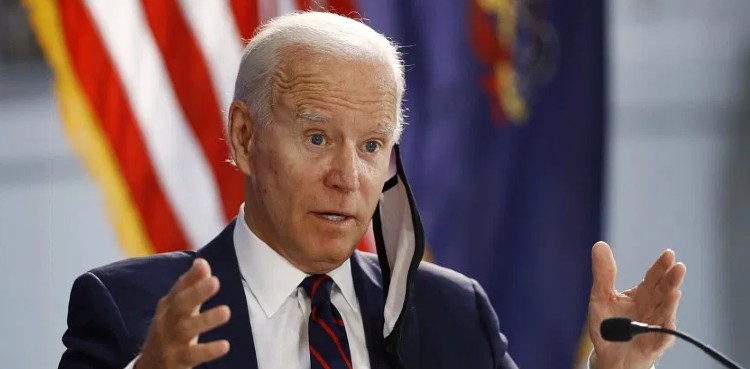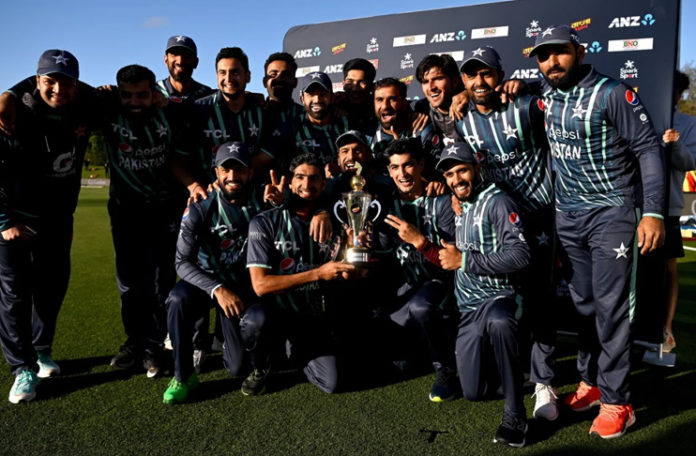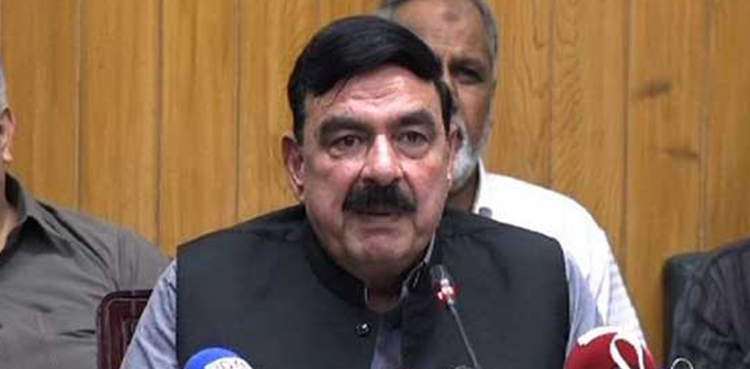Colombo: Protesters celebrated in Sri Lanka’s commercial capital late into the night Thursday after President Gotabaya Rajapaksa tendered his resignation following a week of escalating demonstrations over the country’s crippling economic crisis.On Friday, Sri Lanka’s Parliament speaker confirmed Rajapaksa’s formal request to step down — submitted in a letter via email after the President had fled the island nation — had been accepted.His departure from office marks a victory for the protesters, who for months have demanded the removal of both Rajapaksa and Prime Minister Ranil Wickremesinghe.
The news of Rajapaksa’s resignation sparked jubilant celebrations in Colombo on Thursday night, with crowds of cheering protesters lighting firecrackers and fireworks. People from all walks of life, young and old, spilled onto the streets for the celebrations, which lasted late into the night. People in Colombo, Sri Lanka, celebrate upon learning about the resignation of President Gotabaya Rajapaksa on July 14.Revelers who spoke to CNN said they were overjoyed with the news, after months of protests and economic hardship. Rajapaksa’s resignation represented a victory against government corruption and mismanagement, they said.”We had one aim — to get rid of this absolutely corrupted regime out of this country,” said Dishan Seneviratne, 45. “I am not a person who (usually) comes to the street. But I came because I was scared for my son’s future … (for) the next generation. We have fought for it.”
Rajapaksa’s resignation took effect on Thursday, Parliament Speaker Mahinda Yapa Abeywardena said Friday in a news conference.He said Wickremesinghe will remain Acting President until Parliament elects a new President — with lawmakers summoned to meet on Saturday to start the process.No date has been set yet for the vote, but under the constitution Wickremesinghe will only be allowed to hold the office for a maximum of 30 days.Once elected, the new President will serve the remaining two years initially allocated for Rajapaksa’s term.
‘We keep on fighting’
The political upheaval stems from a larger financial crisis — the South Asian island nation’s worst downturn in seven decades.Largely peaceful protests have been escalating in Sri Lanka since March, when public anger erupted on the streets over rising food costs, fuel shortages and electricity cuts as the country struggled to make debt repayments.But public anger erupted last weekend, when demonstrators occupied the residences of both Rajapaksa and Wickremesinghe.Both leaders said shortly afterward that they would step down, with the resignations expected on Wednesday. But Rajapaksa left the country that day on a predawn flight without resigning, leaving Wickremesinghe in charge and throwing the country’s leadership into uncertainty.
Sri Lanka is in chaos and its president has fled. Here’s what we knowRajapaksa headed to Maldives — where the former President has long held ties with the Rajapaksa dynasty — but left just over 24 hours later, boarding a “Saudi flight” to Singapore on Thursday, according to a high-ranking security source in Colombo.Singapore said Rajapaska had been allowed to enter the country on a “private visit” but had not asked for or been granted asylum.Shortly after his arrival, Abeywardenena, the Parliament speaker, announced that Rajapaksa had tendered his resignation.But many protesters have vowed to continue demonstrating until the former President is held accountable for the country’s alleged economic mismanagement.”We keep on fighting. We are fighting until (Rajapaksa) is properly accused and until some action (is taken) … we are fighting as one nation until he is getting proper punishment for whatever he has done,” said Mariyan Malki, 29, who joined the celebrations Thursday night.
They have also emphasized the largely peaceful nature of the demonstrations, with a lawyer representing the People’s Protest Movement saying Thursday that all occupied buildings except the Presidential Secretariat would be handed back to authorities.”We want to affirm that this is a peaceful protest and have no intention to resort to any form of violence,” Swasthika Arulingam told reporters. “This has always been and will continue to be a peaceful movement.”


